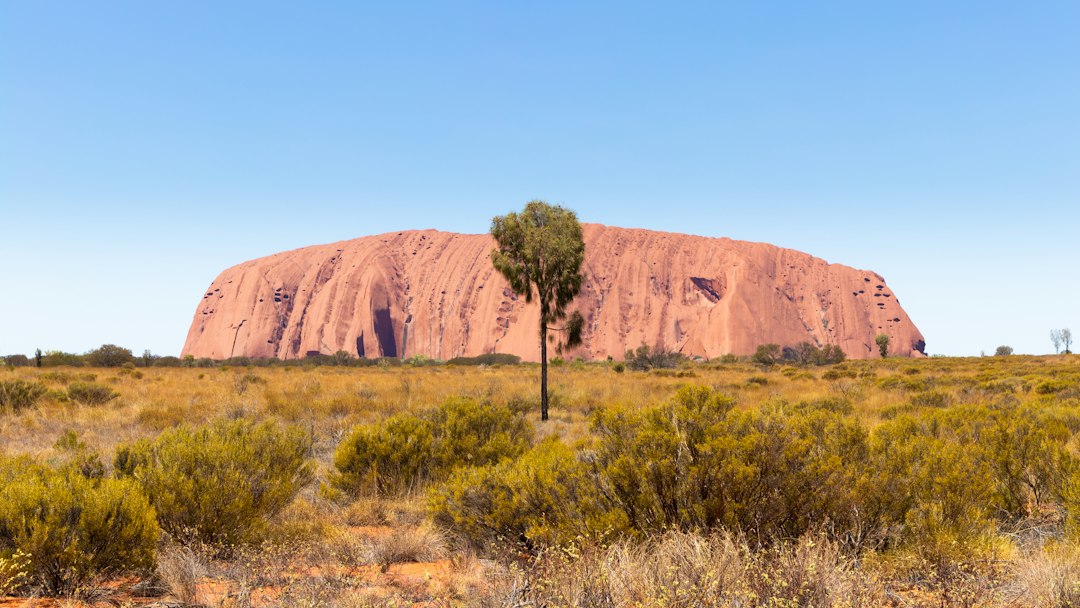The Grampians is a mountain range in Victoria, Australia, known for its stunning natural beauty and diverse wildlife. Over time, this region has undergone various geological changes, including the possibility of being underwater at certain points in history.
Evidence of past underwater conditions
Several pieces of evidence suggest that the Grampians may have been submerged under water in the past. Fossilized marine life, such as seashells and coral, have been found in sedimentary rocks within the region. These fossils indicate that the area was once covered by a sea or ocean.
Sedimentary rock formations
The presence of sedimentary rocks in the Grampians also supports the theory of submerged conditions. Sedimentary rocks are formed when layers of sediment, such as sand or mud, accumulate over time. These layers eventually harden into rocks, preserving the history of the area.
Erosion and weathering
The geological features of the Grampians, such as steep cliffs, gorges, and valleys, can be attributed to the erosion and weathering processes that occurred when the region was underwater. The force of the water and elements over time shaped the landscape into its present form.
Geological timeline

Scientists estimate that the Grampians region was submerged around 400 million years ago, during the Ordovician period. At that time, the area was located near the equator and part of a shallow sea known as the Iapetus Ocean.
Implications for current geology and ecology
The previous underwater conditions of the Grampians have had a significant impact on its current geology and ecology. The exposed sedimentary rocks serve as important geological records, providing valuable insights into the past. The diverse ecosystems found in the Grampians can also be attributed to the changes that occurred during its underwater phase.
While the Grampians may currently showcase breathtaking mountains and valleys, it is evident that the region has a fascinating geological history. The presence of marine fossils, sedimentary rocks, and distinctive landforms all point towards the possibility of the Grampians being submerged underwater at some point in the past. By studying these geological features, scientists can unlock valuable information about the Earth’s ancient past and how it has shaped the world we see today.